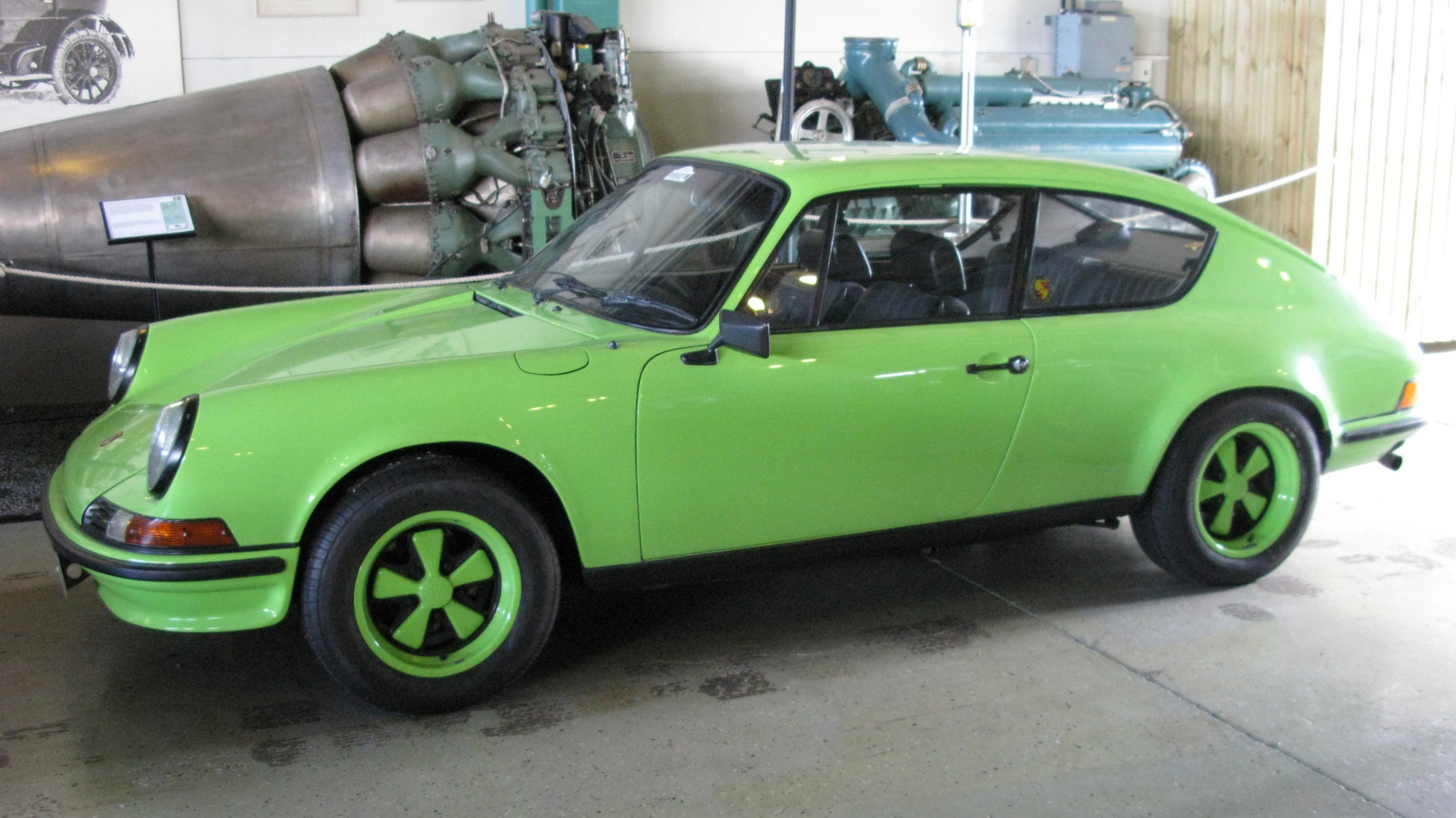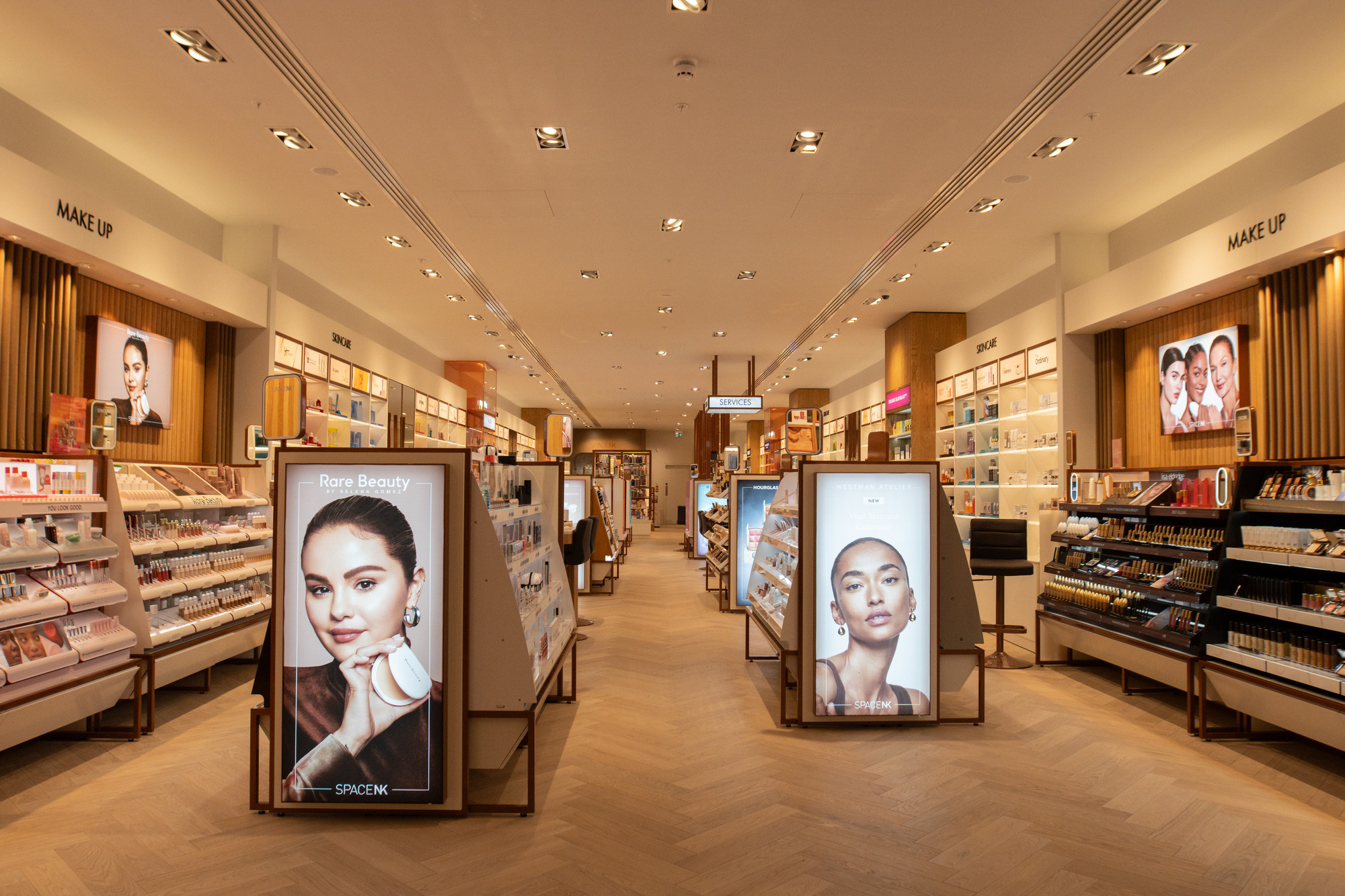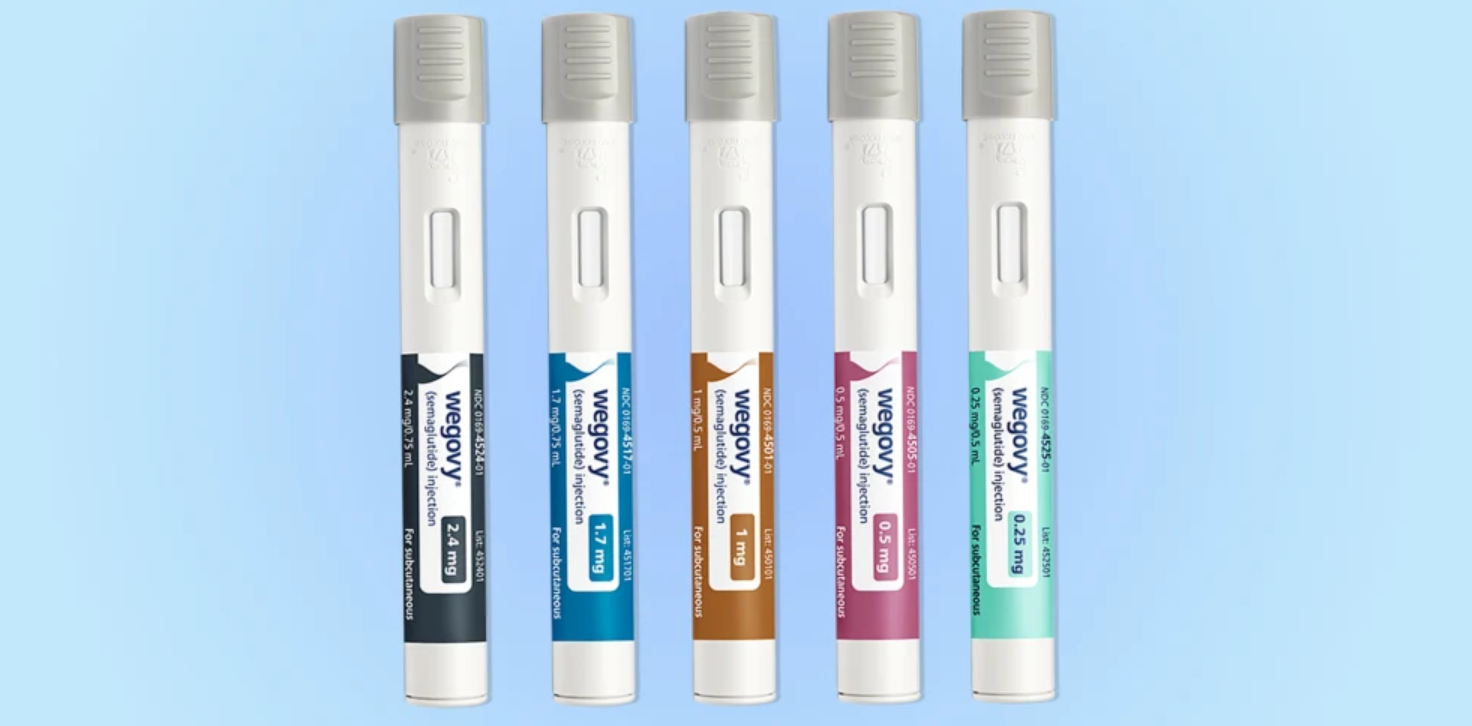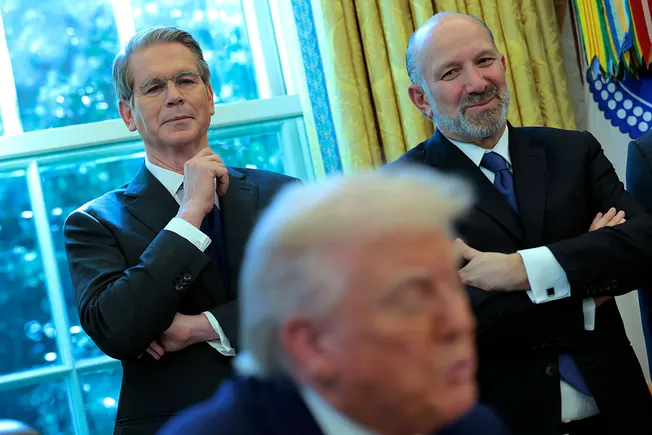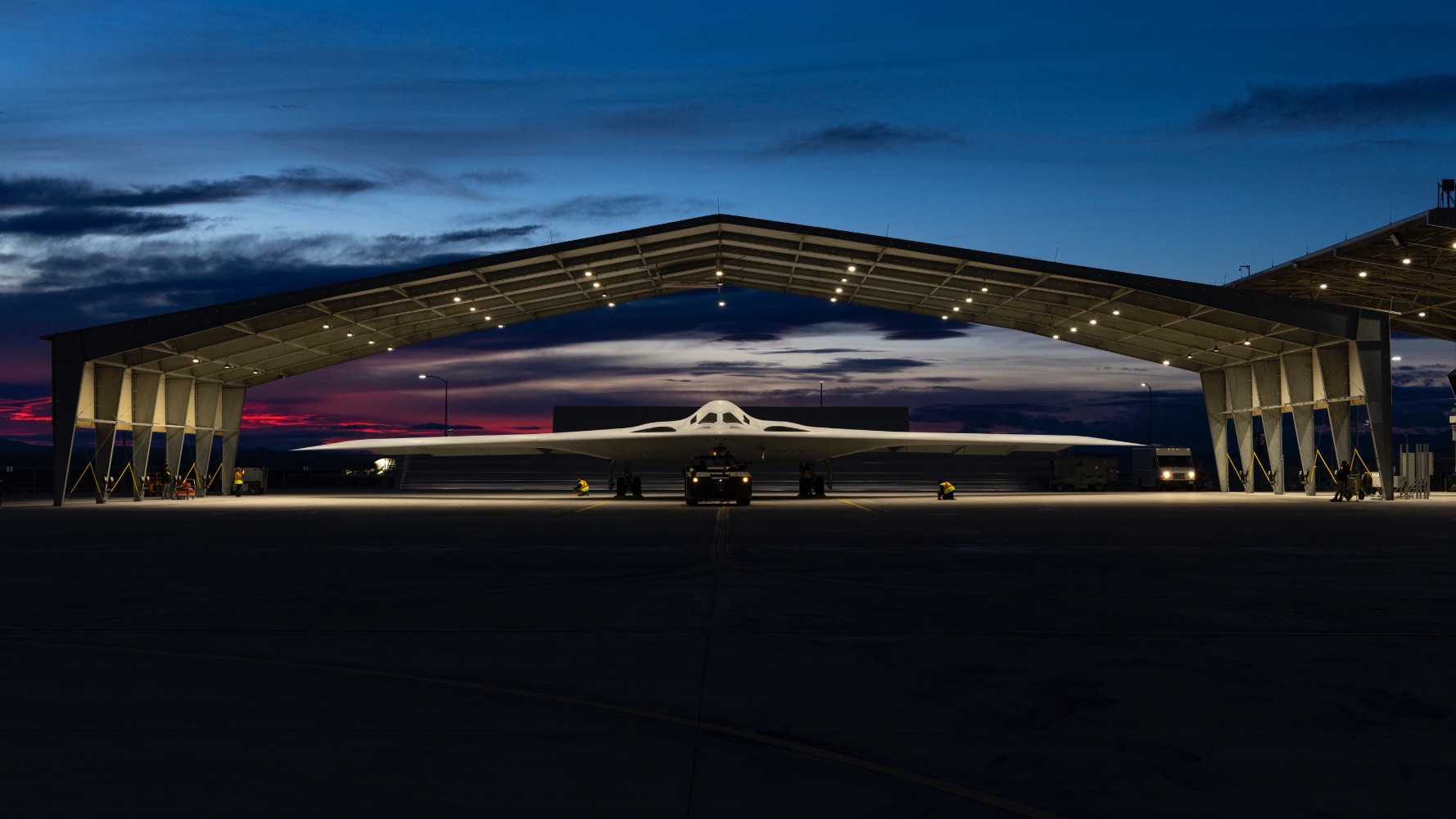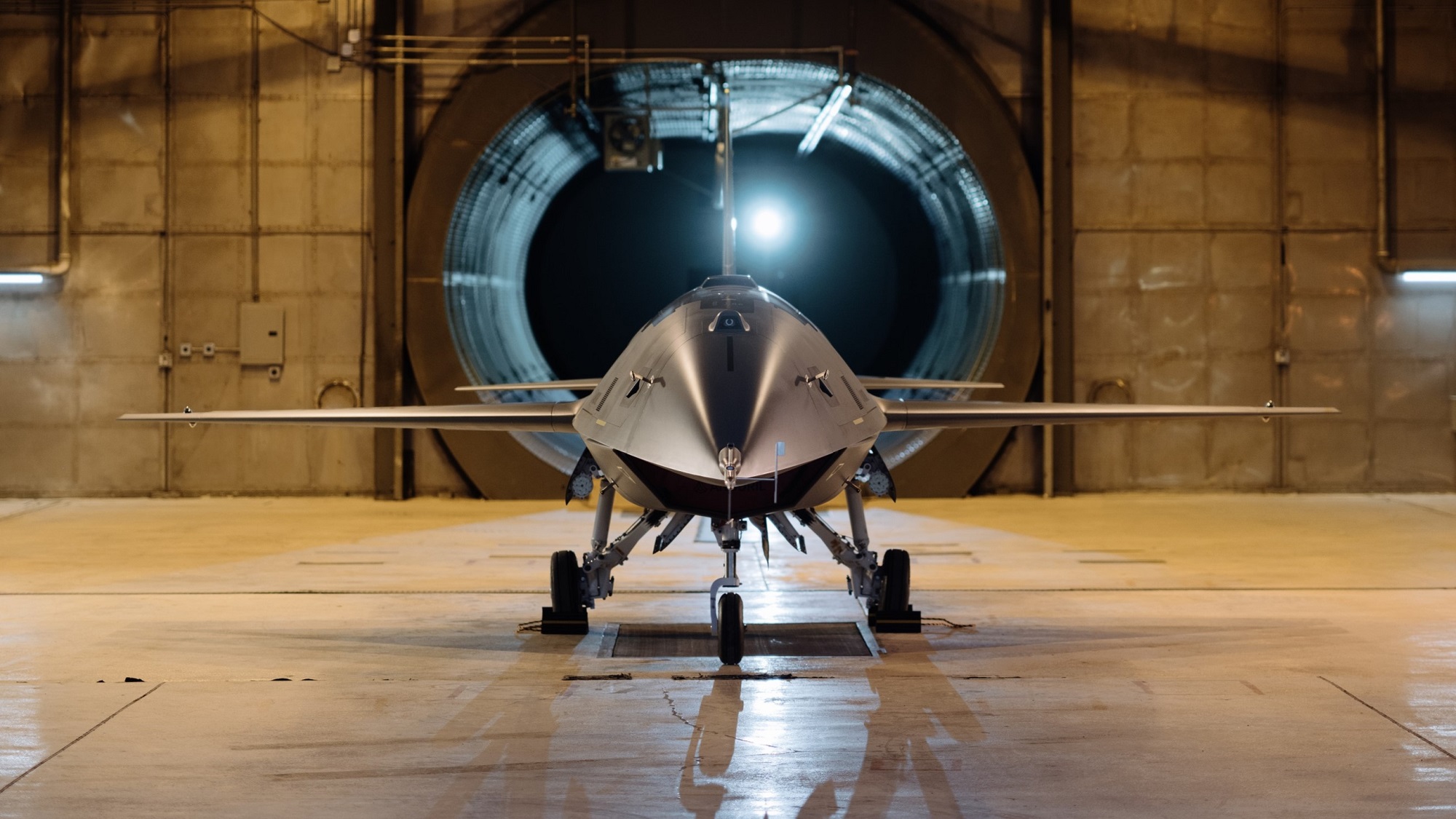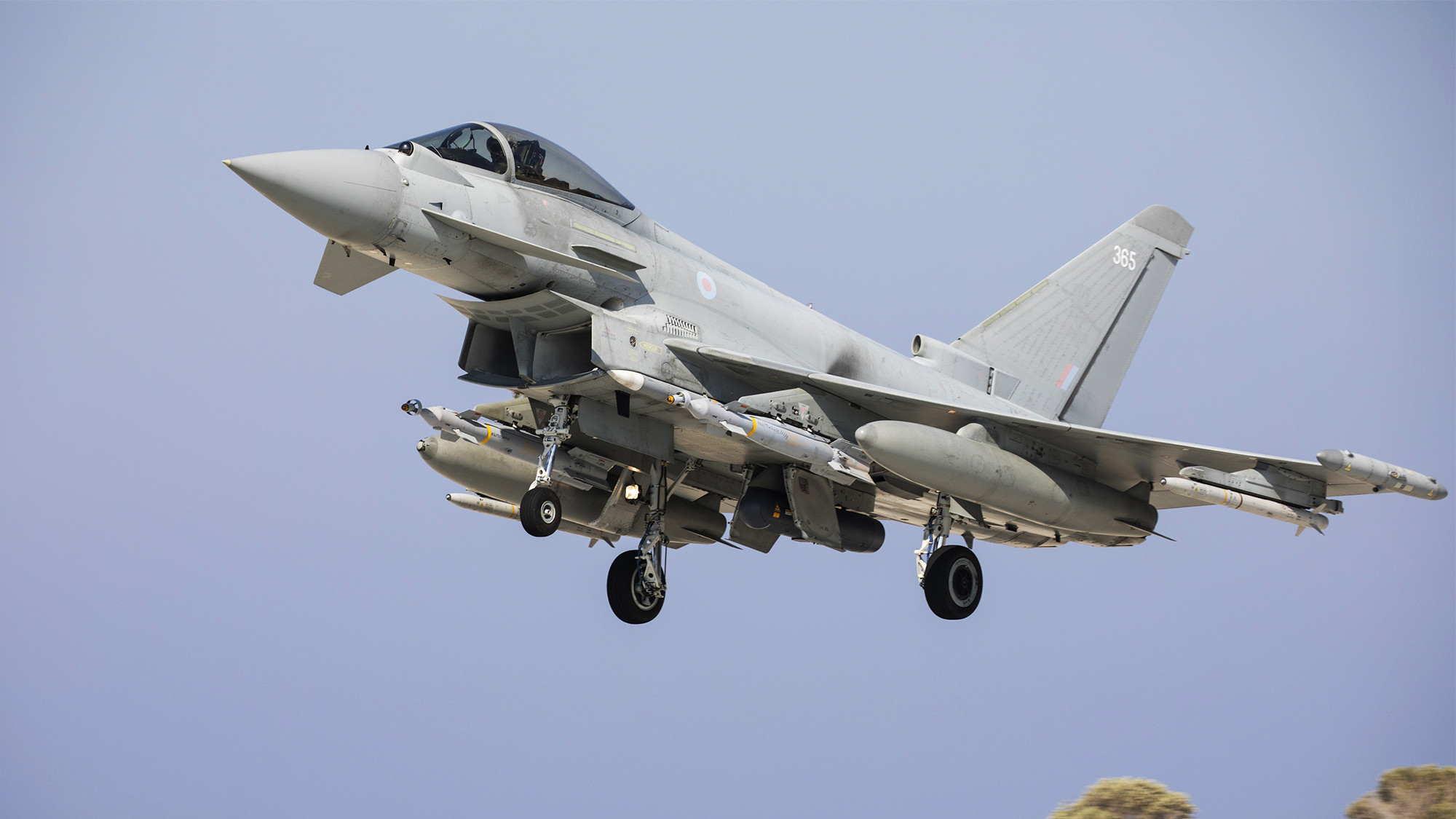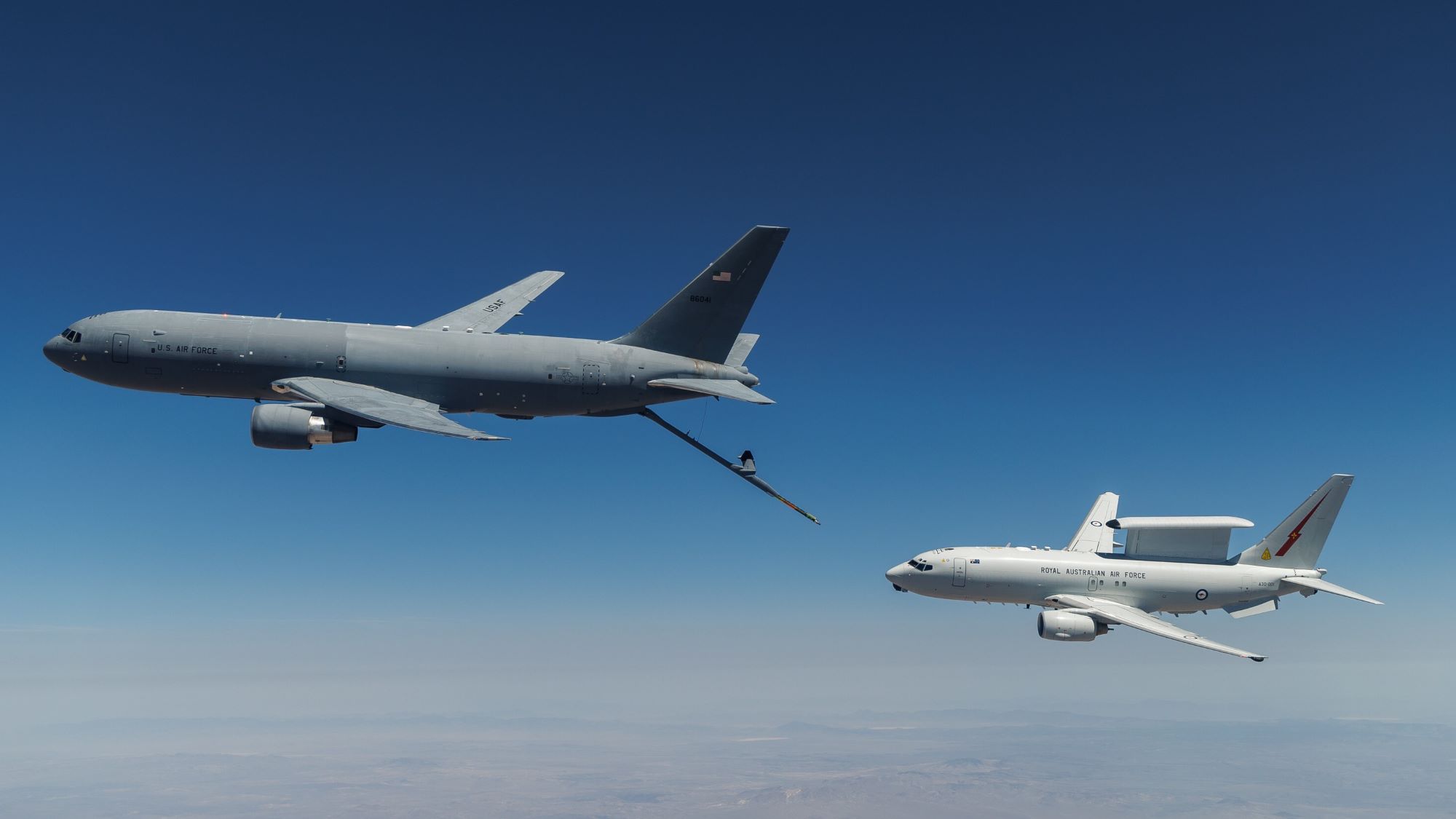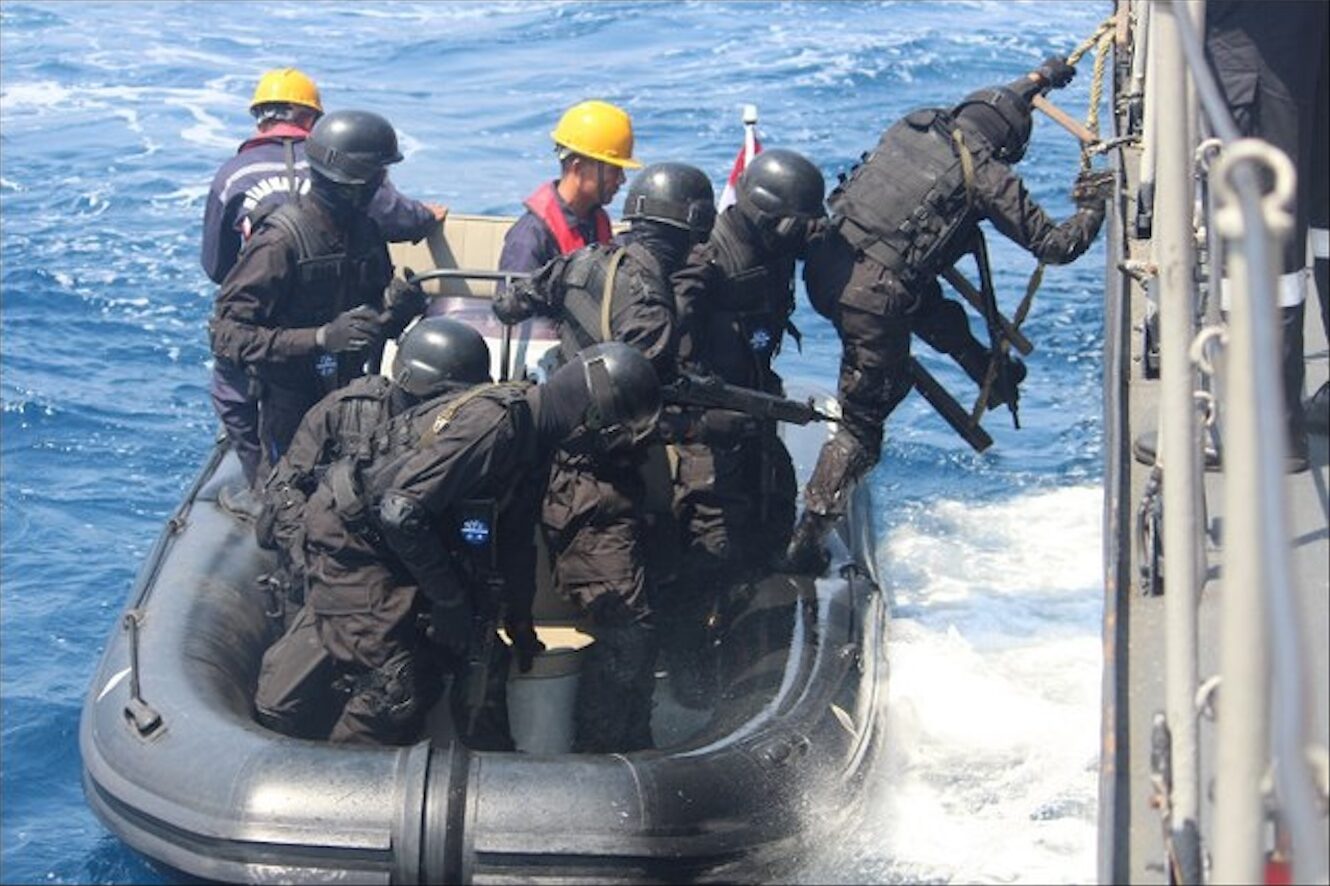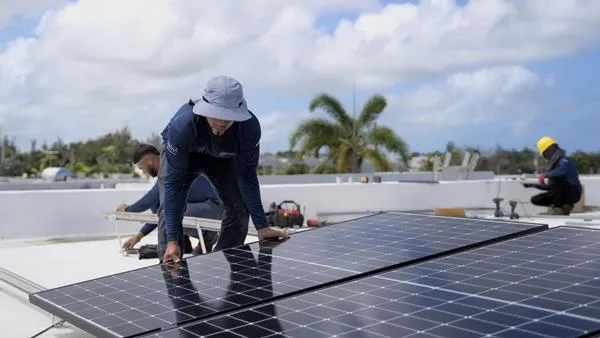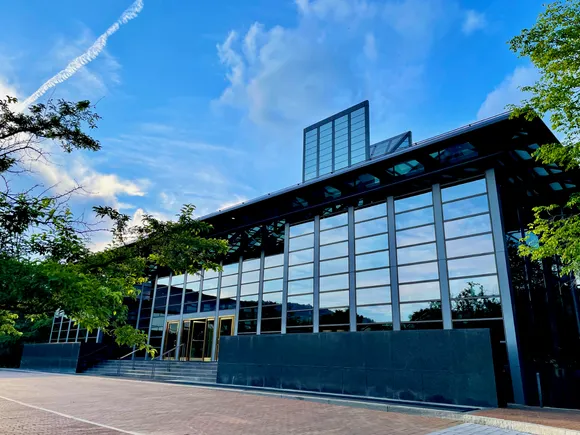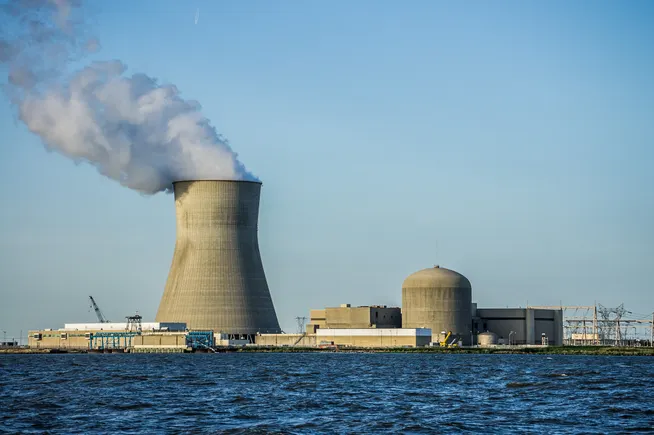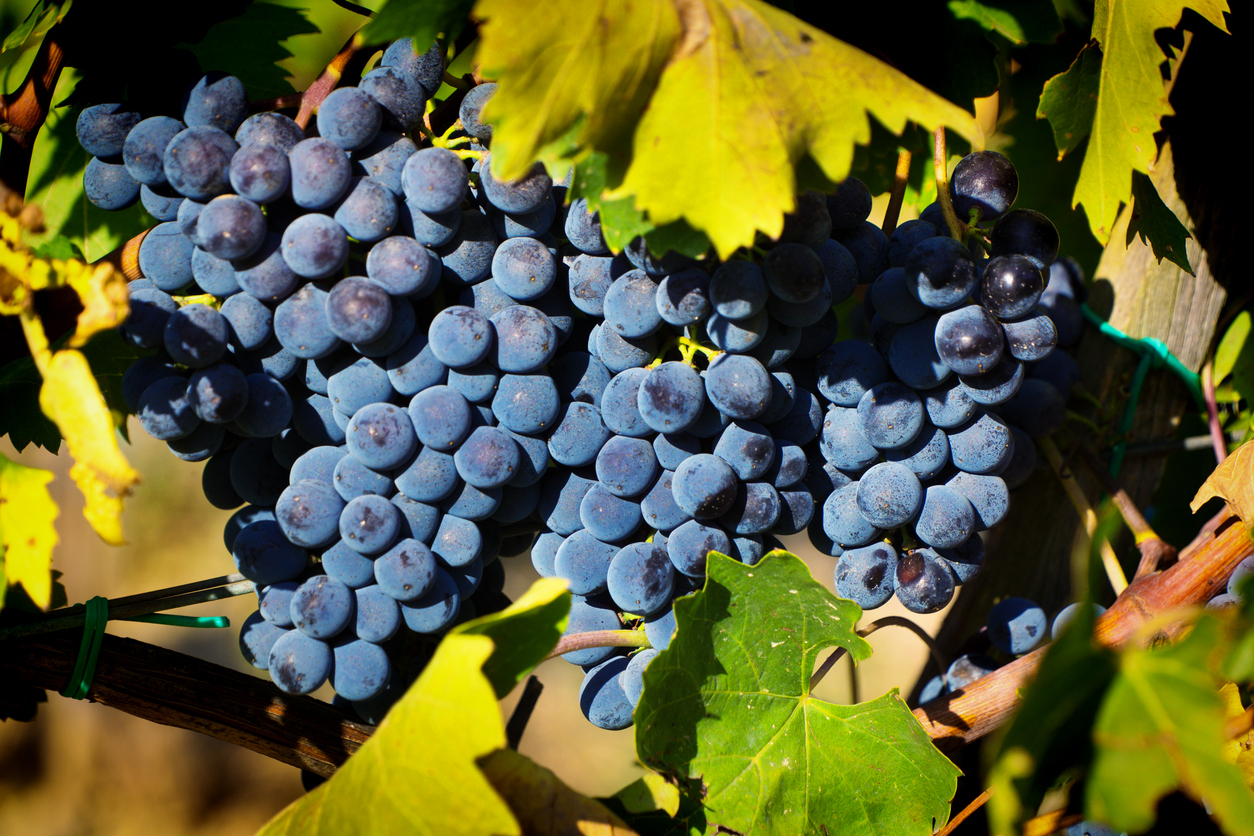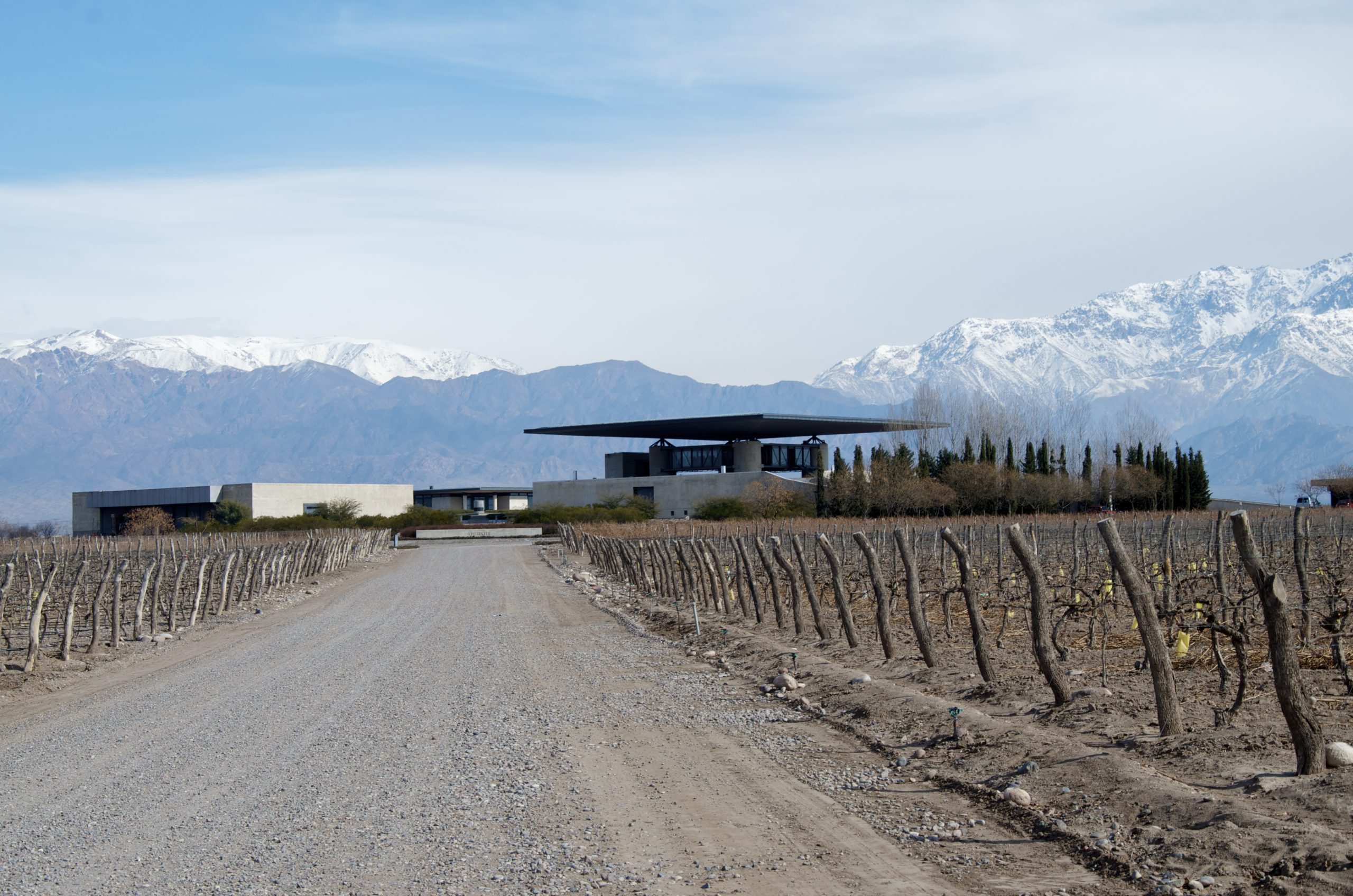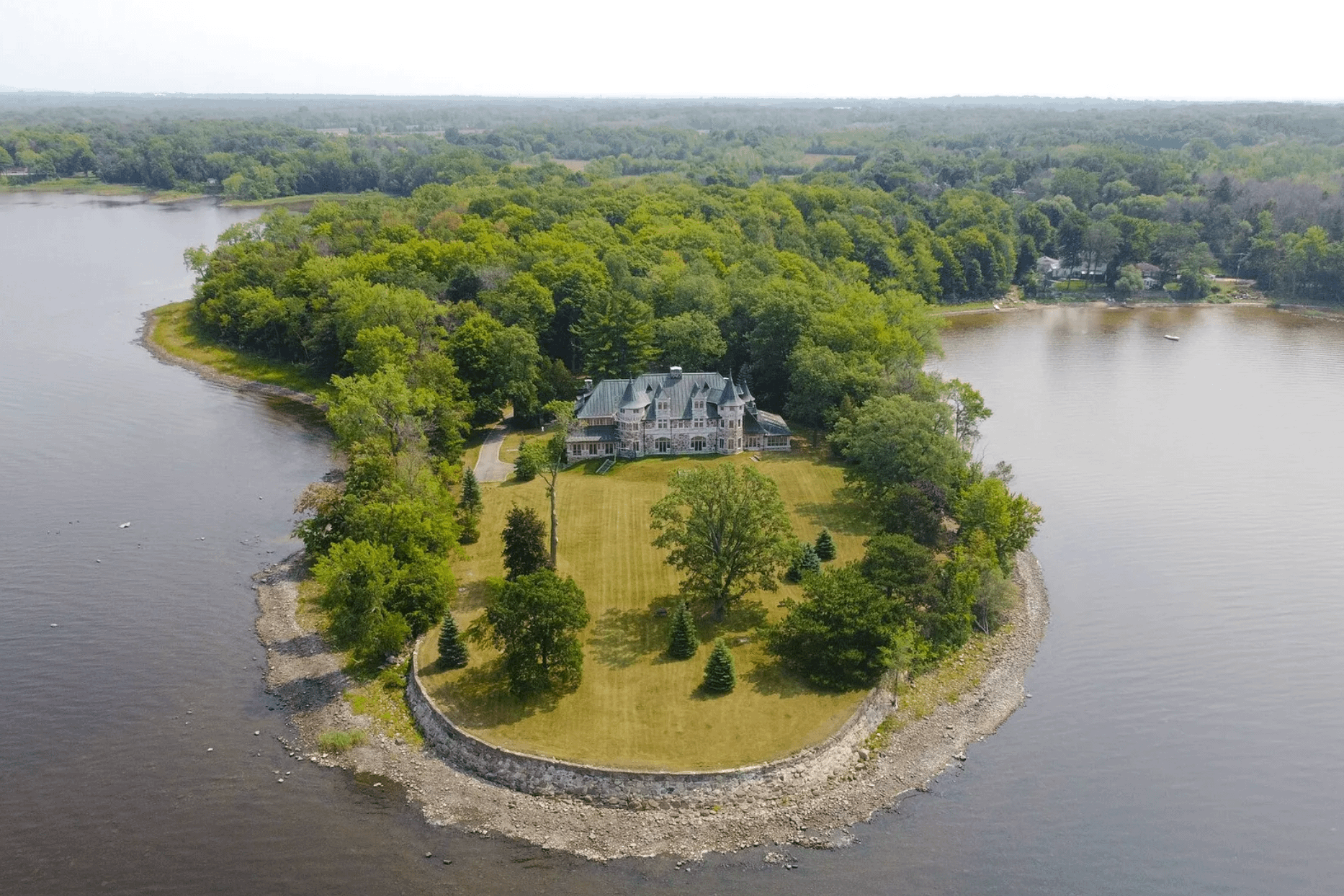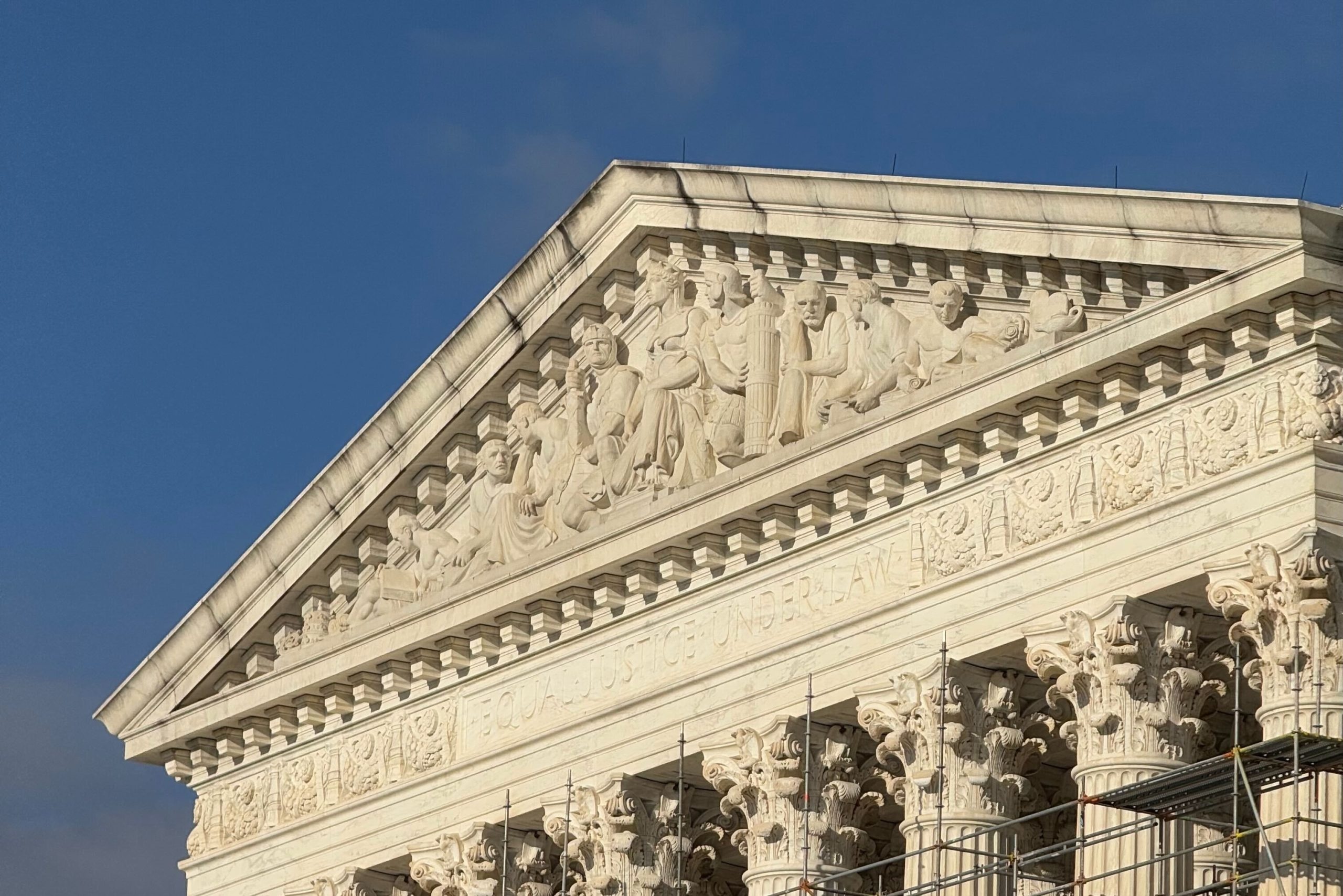Sales of alcoholic beverages in Russia fell sharply in Q1 2025, declining by 14.7% year-on-year to 47.88 million decaliters (640 million 0.75-litre bottles), according to the latest data from Rosalkogoltobakkontrol, Russia's alcohol and tobacco regulator. The slump is mainly attributed to rising prices across most product categories in the local market.
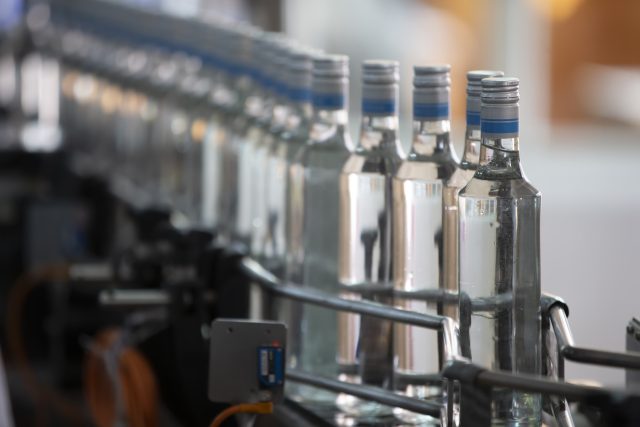
The most significant decline was seen in vodka, where sales dropped 7.2%, from 18.37 million to 17.05 million dal (226 million 0.75-litre bottles). Brandy and Cognac also underperformed, with respective sales declines of 10% and 6%. Sales of other strong drinks (with alcohol content over 9%) decreased by 4.4%, falling to 27.75 million dal (360 million bottles) from 29.01 million the year before.
Rising prices and taxes
The main reason behind the
decline in sales and consumption, especially of stronger drinks, is the increase in retail prices, driven by higher minimum retail prices and excise taxes. Since January 2025, the tax rate on ethyl alcohol has risen by 15%, reaching 740 rubles (US$9.04) per litre. Minimum retail prices have also increased significantly: Brandy by 17.12% to 472 rubles per 0.5 litre, Cognac by 17.09% to 651 rubles, and vodka by 16.7% to 349 rubles.
According to the fiscal data operator Evotor, the average cost of alcohol in non-chain retail rose 13% year-on-year in March. Producers are being forced to pass on rising production costs, up to 30% in recent months, along with tax increases to consumers.
Imports decline, consumers shift to cheaper alternatives
Imported alcohol is also under pressure due to increased duties on products from "unfriendly" countries. Since September 12, 2024, the rate on whiskey, rum, gin, vodka and liqueurs has been set at 20% of the customs value, but not less than €3 per litre, compared to the previous €1.4–1.5.
Amid escalating prices, Russian consumers are increasingly opting for more affordable alcohol with minimal excise taxes and lower shelf prices. There is also growing interest in home-made options such as moonshine.
Rum, gin and whiskey show growth
Despite the overall downturn, rum and other flavoured drinks posted a 17.5% year-on-year increase in Q1 2025 sales. Growth was also recorded for gin and whiskey. Analysts attribute this trend to active efforts by distributors and producers introducing new products to the market. Notably, rum's rise is fueled by the popularity of the cheapest brands, which are only marginally more expensive than vodka.
Domestic production contracts, except for wine
Russia’s alcohol production is also on the decline. According to
Rosalkogoltobakkontrol, 19.5 million dal of drinks with alcohol content over 9% were produced in Q1 2025, down 20.7% year-on-year, equivalent to 253 million bottles.
Vodka production dropped by 22.7% to 12.8 million dal (160 million bottles), cognac by 25% to 1.4 million dal (18.6 million bottles), and other strong drinks by 9.2% to 3.6 million dal (48 million bottles).
However, wine production bucked the trend. Between January and March, still wine production rose by 11.5% to 8.4 million dal, while sparkling wine production increased by 15.6% to 3.7 million dal.
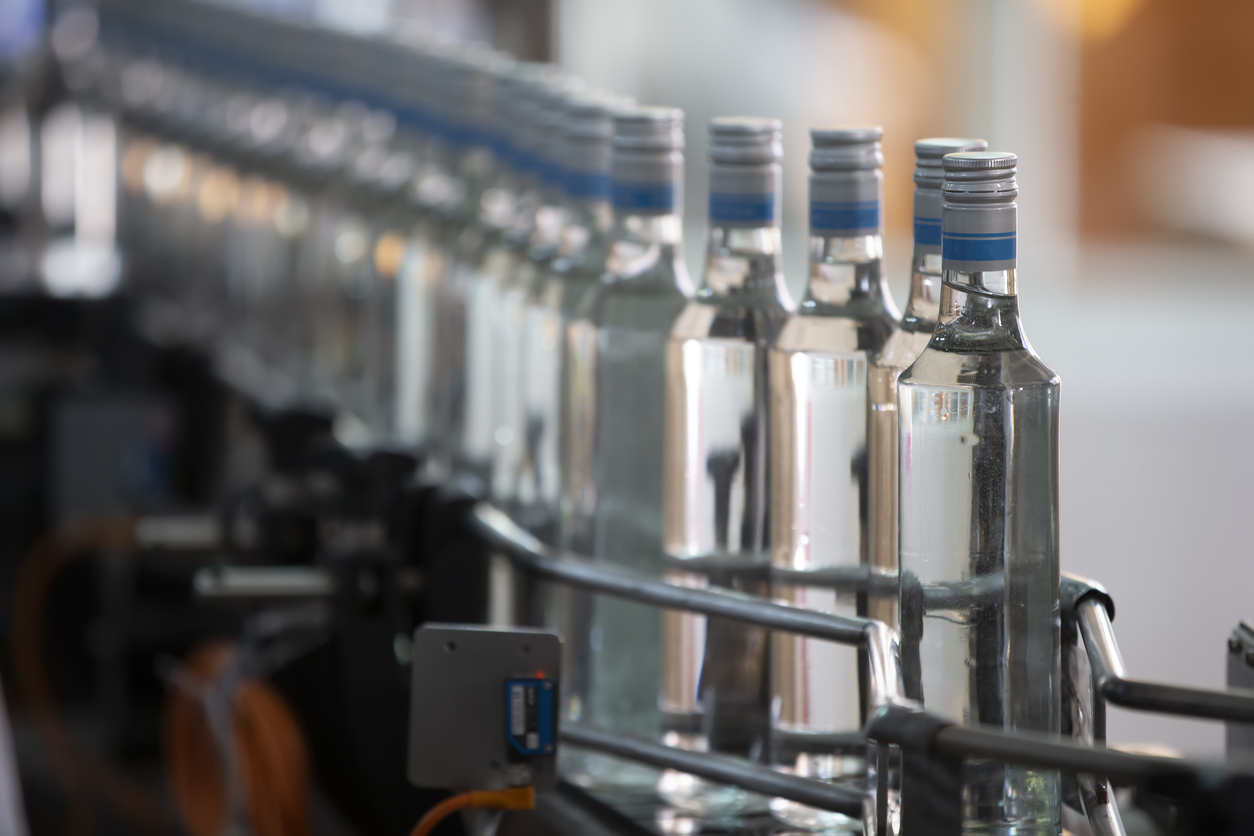
 The most significant decline was seen in vodka, where sales dropped 7.2%, from 18.37 million to 17.05 million dal (226 million 0.75-litre bottles). Brandy and Cognac also underperformed, with respective sales declines of 10% and 6%. Sales of other strong drinks (with alcohol content over 9%) decreased by 4.4%, falling to 27.75 million dal (360 million bottles) from 29.01 million the year before.
The most significant decline was seen in vodka, where sales dropped 7.2%, from 18.37 million to 17.05 million dal (226 million 0.75-litre bottles). Brandy and Cognac also underperformed, with respective sales declines of 10% and 6%. Sales of other strong drinks (with alcohol content over 9%) decreased by 4.4%, falling to 27.75 million dal (360 million bottles) from 29.01 million the year before.



































